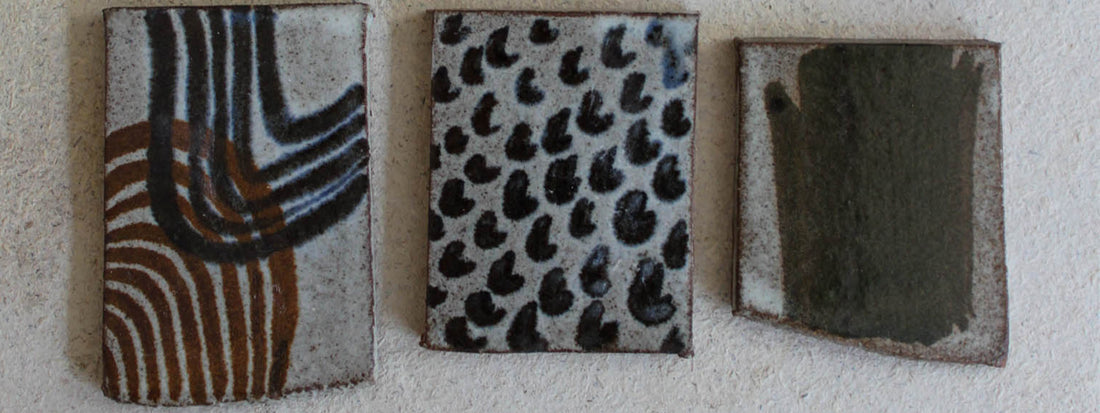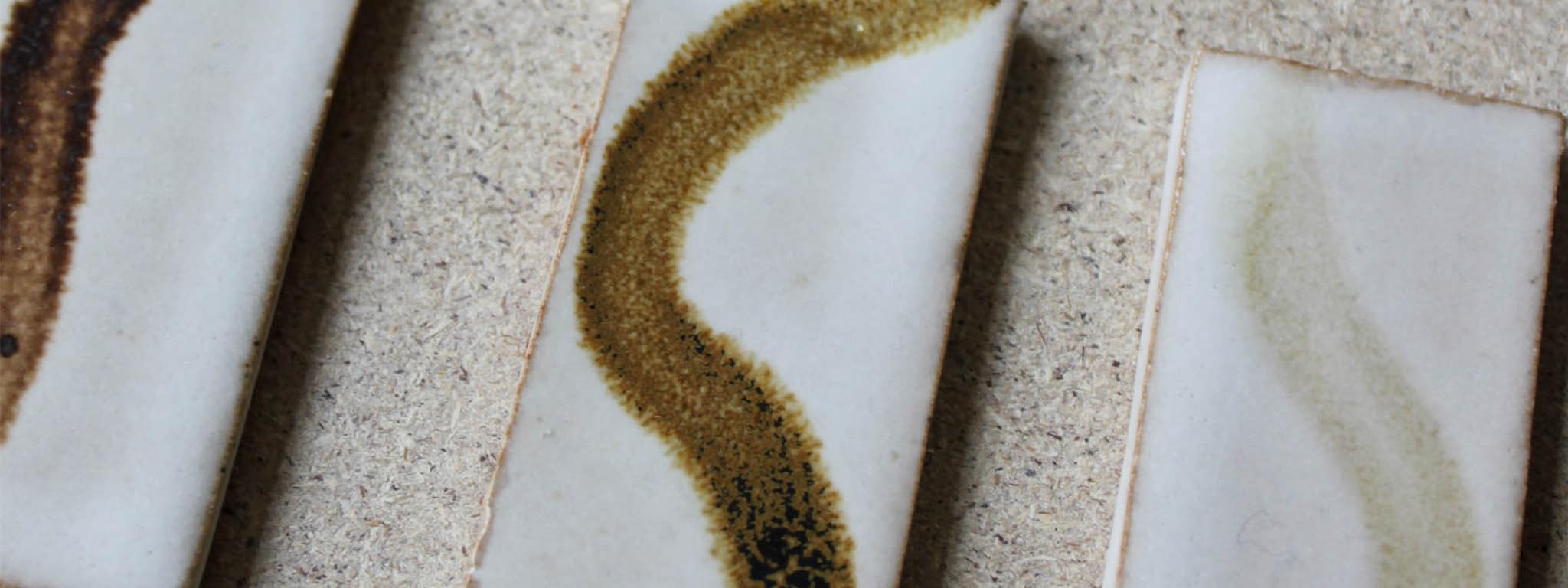
Why slowing down the creative process has been a game changer
Testing creative work can be quite a polarising topic for potters and for other creatives. Having flowed personally from more spontaneous working at the start of my ceramics career to now testing quite thoroughly, I thought I'd give my views on why testing our work is only a huge benefit in the long run.

10 reasons why us creatives should slow down the process and embrace testing our work
- Test tiles and test objects can become a beautiful body of work in itself. The pieces are fragments of art and can be collected and arranged into an abstract piece in itself.
- We can test materials, techniques, ideas in a small format. Should the above not work as planned, we have not wasted as much time, energy or money as when making a full scale piece.
- We can adapt our tests to make them better!
- We can be conscious about the work we are releasing. By testing the validity of our ideas and materials, we can have the pieces in front of us and be selective about which versions or variations we want to develop or reproduce.
- We reduce waste by not creating so many items which would be deemed a mistake, needing to be thrown away.
- It encourages us to think deeper about the direction of our work by not assuming the first idea is going to be the only or best.
- It helps to make our very best work! The failure rate is lower and we feel more connected to the art we produce.
- It demonstrates our professionalism to our audience and cements the quality of our final work.
- Even if more patience is needed at the beginning when testing work, the process is just as fun as making the pieces in full scale. (Waiting for test tiles to come out the kiln is just as joyful as waiting for a mug.)
- We can comfortably reproduce work (if we work in production). It is no longer down to luck, and whilst the handwork is still unique there will be less surprises as you will know your materials and how they function down to a T.

I hope this post has inspired you to get testing. If it does, please let me know!
